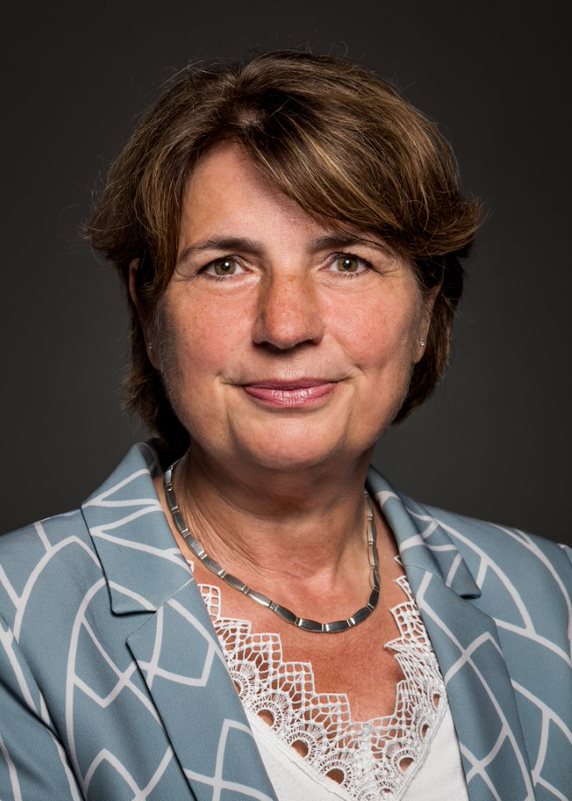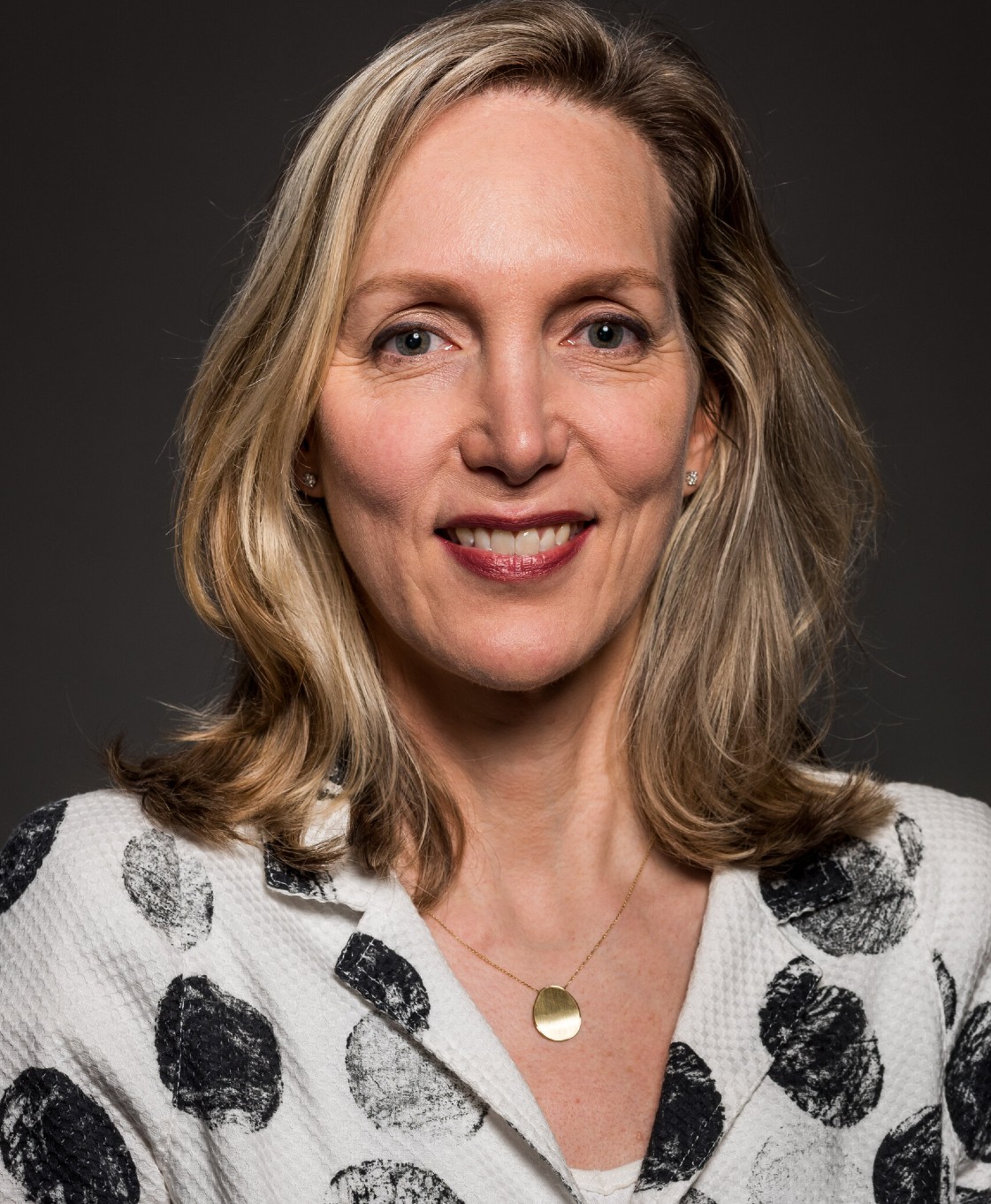Investments play an increasingly important role in the selection of a pension provider for DC schemes. Price is no longer the main decisive factor – employers have also become more critical of life cycle quality and sustainable investing, for example. Zwitserleven modified its life cycles in November to increase both expected pension proceeds and the sustainable impact of the life cycles. How? Sales director Ria Blok-Leenheer and product manager Catelijne Reissenweber are happy to explain.
Client survey
A key starting point in life cycle design is the so-called risk preference assessment to determine the risk appetite. Nowadays a mandatory element for determining the ‘default’ life cycle: the life cycle in which participants invest if they do not avail themselves of the options provided by virtually every provider. “Everyone has a personal risk preference, but unfortunately far from everyone takes the trouble of filling in an investor profile”, Ria explains. “That is why we have conducted a client survey to determine the average risk preference, which is reflected in our product. This ensures that participants who do not make a choice also have a life cycle with a responsible balance between risk and return that has been assessed against the target group.”

Microfinance
The next step is to explore whether any new asset classes could be a positive addition to the current investment mix. Less liquid investments are also considered. For instance, more and more life cycles include mortgages. Zwitserleven will also soon add mortgages and also give microfinance a place in its new life cycles. By financing micro and small businesses in developing countries, Zwitserleven is implementing another important development: creating a more sustainable investment mix.

Sustainable investing has been receiving more and more attention, from both employers and employees. Zwitserleven has embraced sustainability as a core value. Catelijne: “We do not invest exclusively in sustainable companies with a positive impact, but also in companies that are not yet operating sustainably but are indeed taking the necessary steps in the right direction. Because if you really want to contribute to the transition to a more sustainable world, exclusion policy alone is not enough. A few years ago, we already took a stake in ACTIAM’s Impact Wereld Aandelenfonds and we are now adding microfinance, both to the life cycles and to our variable pension product. Although it is a relatively small stake of around one per cent in the life cycles, it still represents a modest contribution to financial and social returns.'’
Ria agrees: ‘’This is a unique addition made possible in part by our partnership with asset manager ACTIAM, which has an excellent track record in microfinance.” The Actiam Financial Impact Fund has a return target of 3% per year net of costs. To avoid any unintended effects of microfinance, such as overcrediting, the fund follows the Principles for Investors in Inclusive Finance. It achieved the highest possible score of A+ on that point.
Mortgages
The trend of investing pension money in less liquid assets as well has been going on for some time. Mortgages are a good example. Catelijne: '’Dutch residential mortgages differ from other asset classes in a number of respects, including their illiquid nature. An allocation to mortgages in the portfolio therefore has a diversifying effect.”
Adding less liquid investments to life cycles is a tricky puzzle to put together: costs are generally higher and the lower liquidity is operationally challenging. Catelijne: “Combining mortgages and microfinance with liquid funds in a mixed fund ensures that participants still get the daily liquidity they can expect from Zwitserleven.”
Positive results
The trade-off between cost, risk and return can be a tricky one. Ria: “The market seems to have bottomed out in terms of fund costs. Our goals was to add the new funds while keeping the costs the same. In the end, we managed to limit the cost increase to 0.01%. This is far outweighed by the percentage improvement in expected pension performance.”
Catelijne: '’In optimising the new life cycles, we sought to improve expected pension proceeds without any deterioration of expected proceeds in a bad case scenario. So we wanted to keep the risk at least equal for the various groups of participants we surveyed. Not just by adding new funds – the development of all profiles has also been adjusted and interest rate hedging in the risk-hedging phase has been improved. We did this by adding a matching fund with high interest rate sensitivity.”
The improved life cycles are available in Zwitserleven’s HorizonBeleggen and ProfielBeleggen investment products from November 2022.
This article is published on





